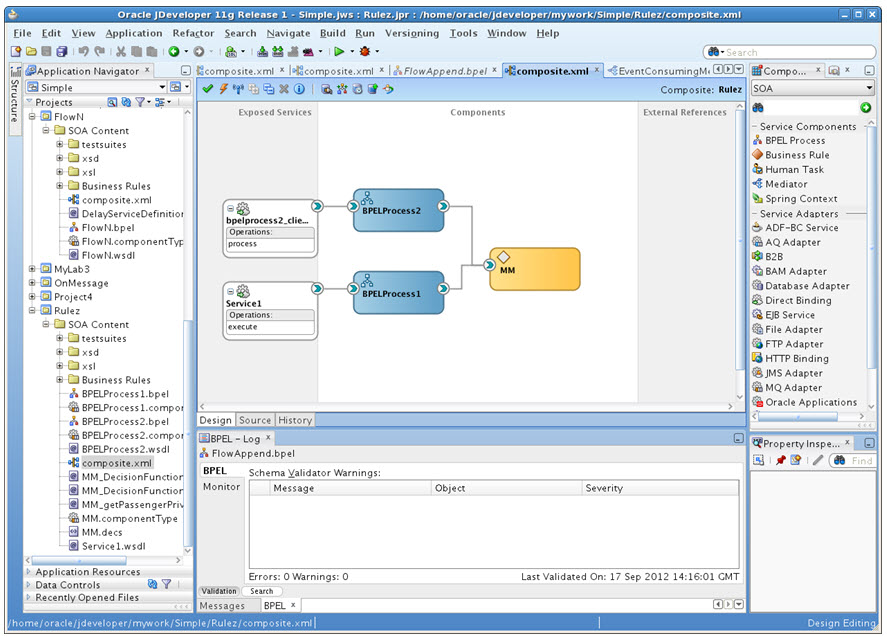The 27th leap second will be officially applied December 31, 2016 at 23:59:60 UTC. For Oracle DB instances on RDS the following applies:
- RDS will spread out the leap second equally in the 24h surrounding the timestamp above.
- After this period RDS time will be in sync with Cordinated Universal Time.
- This applies for Oracle DB instances with versions 11.2.0.2, 11.2.0.3, and 12.1.0.1. They will follow AWS Adjusted Time that is applied to RDS.



 Oracle WebLogic Server 12c Book
Oracle WebLogic Server 12c Book Oracle Middleware and Cloud Computing Book
Oracle Middleware and Cloud Computing Book